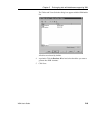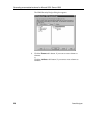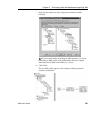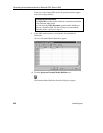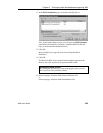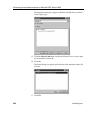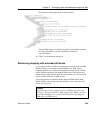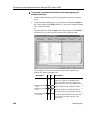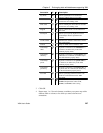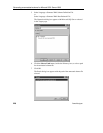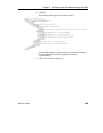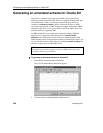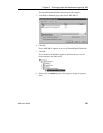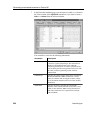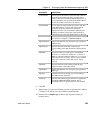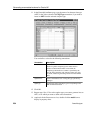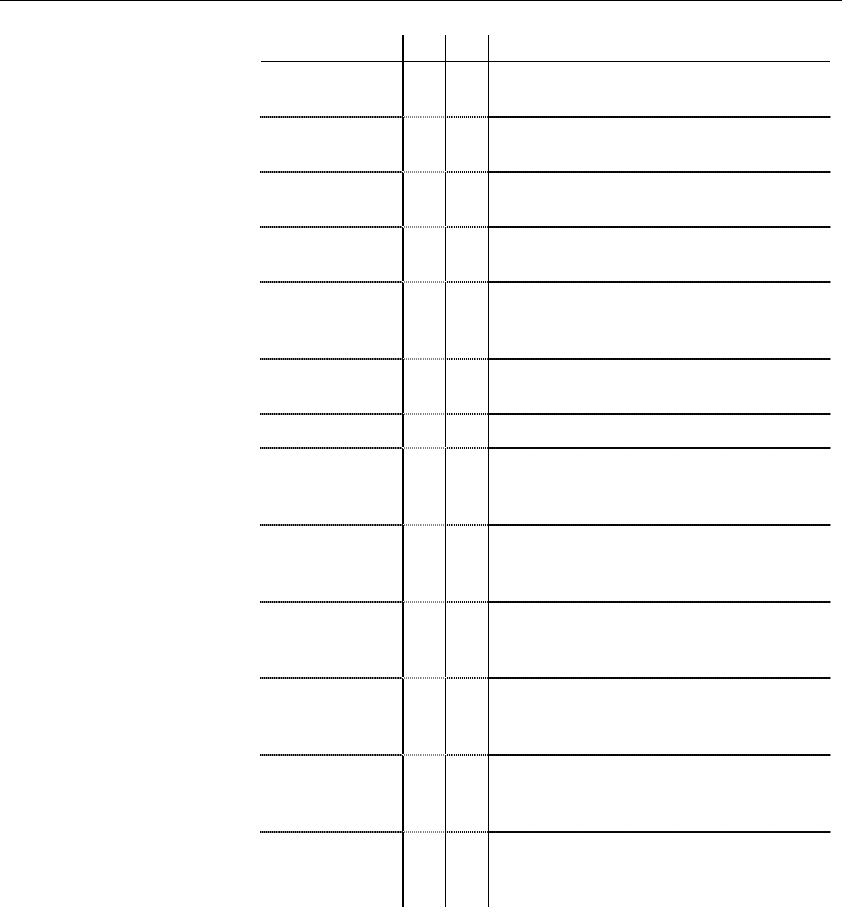
Chapter 5 Exchanging data with databases supporting XML
XSM User's Guide 227
Annotation E A Description
key-fields
9
— Allows specification of columns that
uniquely identify the rows in a table
limit-field
99
Allows limiting the values that are returned
on the basis of a limiting value
limit-value
99
Allows limiting the values that are returned
on the basis of a limiting value
mapped
99
Allows schema items to be excluded from
the result
max-depth
9
— Allows you to specify depth in recursive
relationships that are specified in the
schema
overflow-field
9
— Identifies the database column that contains
the overflow data
relation
9
— Maps an XML item to a database table
relationship-
child
9
—
Specifies an element as the child table in a
reference (To define only in the child
element property sheet)
relationship-
child-key
9
—
Specifies an attribute as the foreign key of a
child table in a reference (To define only in
the child element property sheet)
relationship-
parent
9
—
Specifies an element as the parent table in
a reference (To define only in the child
element property sheet)
relationship-
parent-key
9
—
Specifies an attribute as the primary key of
a parent table in a reference (To define only
in the child element property sheet)
use-cdata
9
— Allows specifying CDATA sections to be
used for certain elements in the XML
document
prefix —
9
Creates valid XML ID, IDREF, and
IDREFS. Prepends the values of ID,
IDREF, and IDREFS with a string
3 Click OK.
4 Repeat steps 1 to 3 for each element or attribute you want to map with a
database table or column, or for which you want to define extra
annotations.



